Indian condiments are an essential part of the rich and diverse culinary heritage of India. They encompass a wide range of flavors, from the fiery heat of chili-based chutneys to the tangy sweetness of mango pickles. These condiments, including spices, chutneys, pickles, and pastes, not only enhance the taste of dishes but also bring a unique cultural experience to the table. Each region in India boasts its own specialty condiments, adding depth and character to meals. Whether you're looking to spice up your curries, add zest to your snacks, or simply explore new flavors, Indian condiments are your gateway to authentic, flavorful cuisine.
Chutney
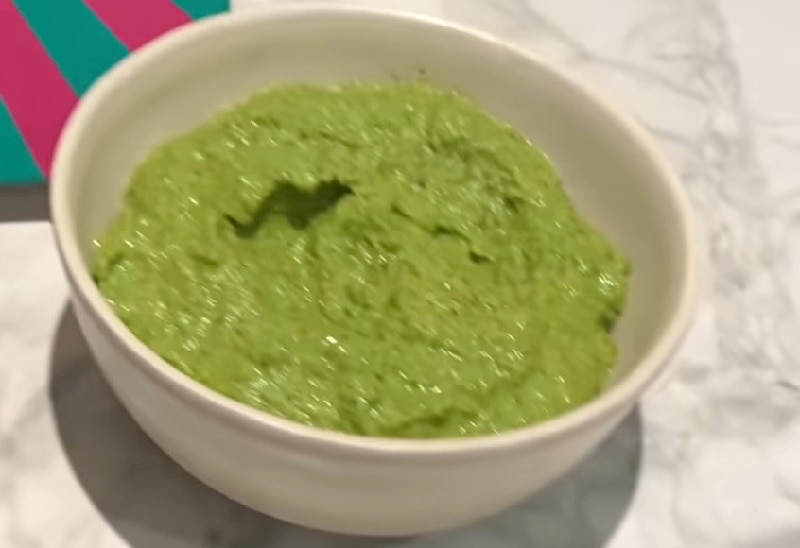
Chutney, a flavorful spread, is synonymous with the diverse cuisines of the Indian subcontinent. This versatile condiment is crafted in various forms, each offering a unique taste experience. From the tangy notes of tomato relish to the nutty richness of ground peanut garnish, chutneys span a spectrum that includes yogurt or curd-based varieties, cucumber creations, and zesty coconut, onion, or mint dipping sauces. In India, the art of chutney-making manifests in two distinct methods. Some chutneys mature alongside pickles, basking in the sun for up to two weeks, enduring for an entire year. Conversely, the more common approach involves crafting chutneys from fresh ingredients, ensuring a burst of flavors that can be enjoyed for a few days or up to a week when stored in the refrigerator.
Chutneys can be paired with snacks like samosas, pakoras, or as a condiment for rice, dosas, and bread. The vibrant colors and aromatic flavors of Indian chutneys make them a delightful addition to any meal. They add a tangy, sweet, or spicy kick that elevates the overall dining experience. Whether you are a fan of bold spices or prefer mellow flavors, there is a chutney for everyone to enjoy in Indian cuisine.
Raita
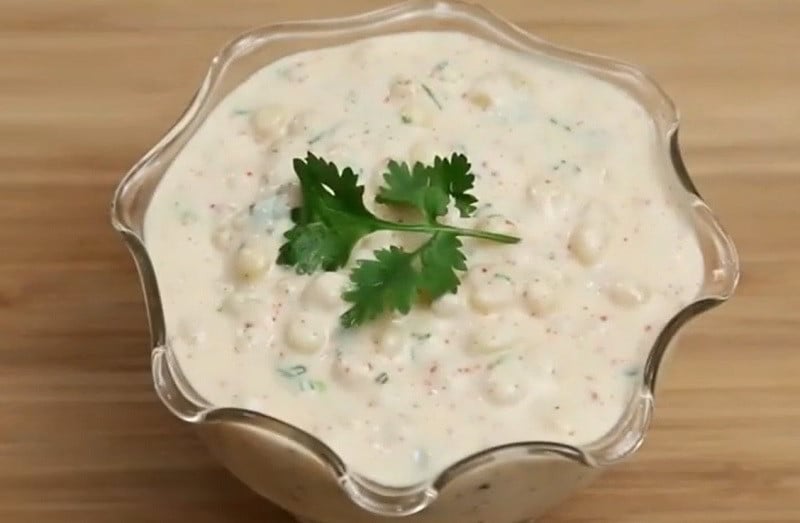
Raita is a popular Indian condiment that is loved for its cooling and refreshing flavors. It is typically made using yogurt as its base, which is then mixed with various ingredients to create a delightful accompaniment to spicy Indian dishes. The main ingredient in raita is yogurt, which is known for its probiotic properties and is a great source of calcium and protein. To this, finely chopped vegetables such as cucumber, tomato, onion, and mint leaves are added, giving it a crunchy texture and a burst of freshness. Raita is often seasoned with aromatic spices like cumin, coriander, and black salt, which add depth and complexity to its taste. It can be customized according to personal preference, with some variations including the addition of grated carrots, roasted cumin powder, or even fruits like pomegranate or pineapple for a sweet twist.
Raita is not only a delicious accompaniment but also serves as a cooling agent to balance the heat of spicy curries and biryanis. Its creamy texture and tangy taste make it a versatile condiment that can be enjoyed as a dip, a side dish, or even as a standalone snack. Whether you're looking to cool down your palate or add a burst of flavor to your meal, raita is the perfect choice.
Gulkand
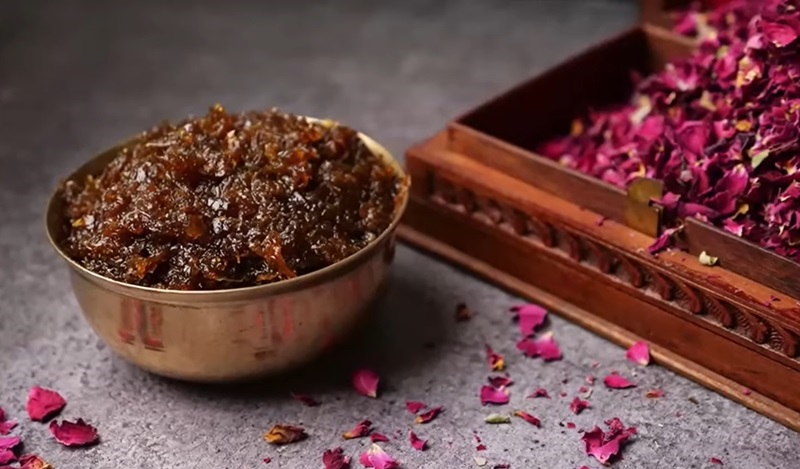
Gulkand, a popular Indian condiment, is a sweet preserve made from rose petals. It has a rich history and is widely used in traditional Indian cuisine and Ayurvedic medicine. The word "gulkand" is derived from the Persian words "gul" meaning rose and "qand" meaning sweet. To prepare Gulkand, fresh rose petals are layered with sugar in an airtight container. Over time, the sugar draws out the natural juices and aroma of the petals, creating a thick, sticky, and fragrant preserve. This process can take several weeks, allowing the flavors to develop and intensify. Gulkand is known for its numerous health benefits. It is believed to have cooling properties and is often consumed during the summer months to combat heat-related ailments. It is also considered to be a natural digestive aid and is used to treat acidity, constipation, and other digestive disorders. In Indian cuisine, Gulkand is used in a variety of dishes and desserts. It is commonly added to milkshakes, ice creams, and desserts like ladoos and barfis. Its sweet and floral taste adds a unique dimension to these dishes, making them more flavorful and aromatic. Gulkand is a versatile and delightful condiment that not only enhances the taste of dishes but also offers numerous health benefits. Its sweet and fragrant nature makes it a cherished ingredient in Indian cuisine.
Murabba

Murabba, a delectable sweet fruit preserve, is a culinary delight that encapsulates the rich tapestry of flavors found in the Indian subcontinent. Typically crafted with a harmonious blend of fruits, sugar, and spices, Murabba is a versatile delicacy that offers a sweet and tangy burst in every bite. Among the popular fruits transformed into this ambrosial preserve are Indian gooseberry (amla), apple, apricot, quince, mango, plum, and winter melon.
The artful preparation involves simmering the fruits with sugar and aromatic spices until they achieve a delightful candied consistency. This process not only intensifies the natural sweetness of the fruits but also infuses them with a medley of enticing flavors. Murabba is not merely a culinary delight but also a cultural emblem, embodying the traditional expertise in preserving seasonal fruits and creating a symphony of taste that transcends generations. Murabba is typically enjoyed as a side dish or accompaniment to a meal. It is often served with Indian breads like roti or paratha, or as a topping for yogurt or desserts. Whether enjoyed as a standalone treat or paired with other dishes, Murabba remains a cherished indulgence in the rich mosaic of Indian cuisine.
Kasundi
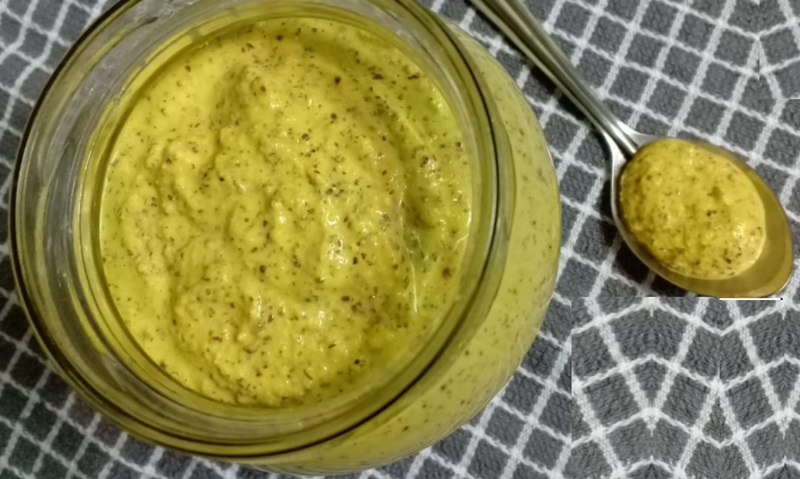
Kasundi, a distinguished variety of mustard sauce or relish, is a piquant culinary gem deeply rooted in Bengali cuisine. Renowned for its intense flavor profile, Kasundi is crafted from fermented mustard seeds, spices, and occasionally incorporates dried mangoes, Indian plum, and olives. The result is a robust, pungent paste that tantalizes the taste buds with a fiery kick.
This mustard sauce is not for the faint of heart; its potency is such that it can stimulate the nasal passages and elicit tears, akin to the impact of wasabi. Kasundi's bold and sharp character makes it a standout condiment, often used as a dipping sauce in Bengali dishes. Its unique blend of flavors, achieved through the fermentation process, adds depth and complexity, making Kasundi a cherished and essential component in the vibrant tapestry of Bengali culinary traditions.
Mango Pickle
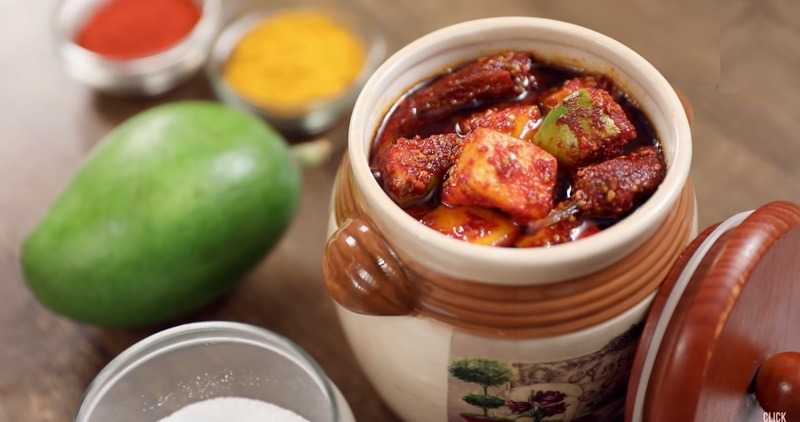
Mango pickle, a tantalizing variety of pickle, stands out as a cherished condiment in Indian cuisine. Prepared predominantly with raw or tender mangoes, the pickling process in India holds a unique distinction. The method involves anaerobic fermentation, setting it apart from pickling traditions in other regions. What distinguishes Indian mango pickles is the addition of a special spice mixture after fermentation, imparting a robust and complex flavor profile.
Raw mango, with its tangy and slightly tart notes, takes precedence in mango pickle recipes, becoming a quintessential choice for this culinary delight. The pickles, serving as main side dishes, add a burst of bold and zesty flavors to complement various meals. The regional diversity in India leads to the creation of multiple variations of mango pickles, each influenced by local spices and culinary traditions. From spicy and tangy to sweet and sour, mango pickles exemplify the art of preserving and enhancing the delectable essence of this tropical fruit.
Mixed Pickle
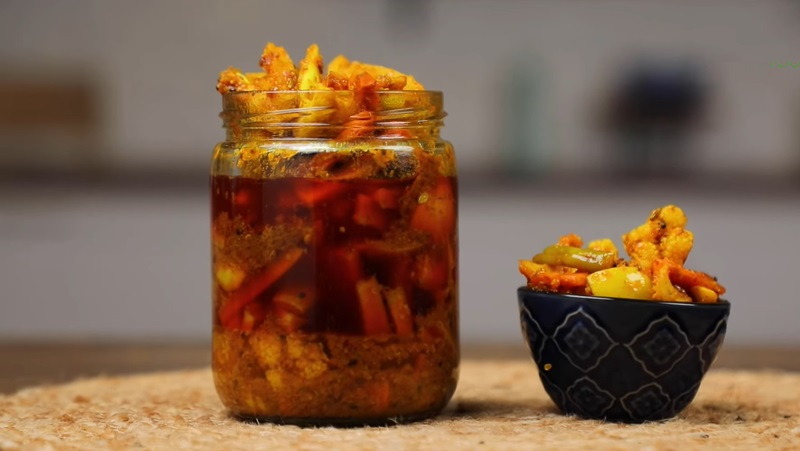
Mixed pickles, a delightful medley of flavors, emerge from a diverse array of vegetables combined in a singular pickling process. These pickles, enjoyed much like their singular counterparts, add a burst of tangy, spicy, and savory notes to accentuate meals. Found in various world cuisines, mixed pickles hold a special place in Indian gastronomy, where they may include a combination of fruits like mangoes and limes alongside vegetables.
In Indian cuisine, the preparation of mixed pickles involves the use of oil, a departure from the vinegar-based Western pickles. Lemon juice or other acidic agents replace vinegar as the souring element, contributing a unique tanginess. The spice profiles and ingredients in mixed pickles vary significantly from region to region, reflecting the diverse culinary traditions of the subcontinent. Whether served alongside a meal or as a condiment to elevate the taste experience, mixed pickles showcase the art of preserving and harmonizing the rich flavors of a multitude of vegetables and fruits.
Tomato Chutney
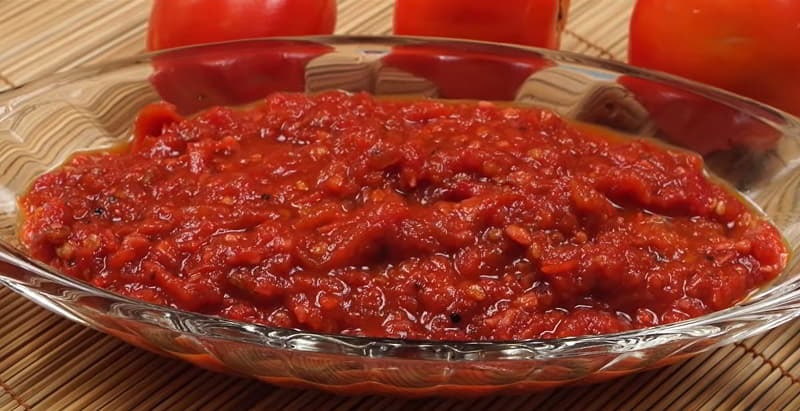
Tomato chutney, a savory delight originating from the Indian subcontinent, showcases the versatility of tomatoes as the primary ingredient. This chutney comes in various forms, with diced, mashed, or pulped tomatoes, combined with an array of typical ingredients. Chili, ginger, aam papad, sugar, dates, salt, raisins, and spices contribute to its rich flavor, while garlic, onion, and peanuts or dal are characteristic of the South Indian version. Whether prepared with ripe red tomatoes or green ones, the chutney offers a burst of tangy, spicy goodness.
Tomato chutney can be enjoyed fresh, refrigerated, or preserved by bottling or canning for future use, allowing flavors to meld and intensify. The homemade, canned version often boasts an enhanced taste due to the mingling of ingredients over time. This versatile condiment elevates a myriad of dishes, serving as a perfect accompaniment to kebabs, sandwiches, burgers, and meat dishes. With its dynamic and adaptable nature, tomato chutney remains a staple in Indian cuisine, adding a burst of flavor to a wide range of culinary creations.
Pachadi
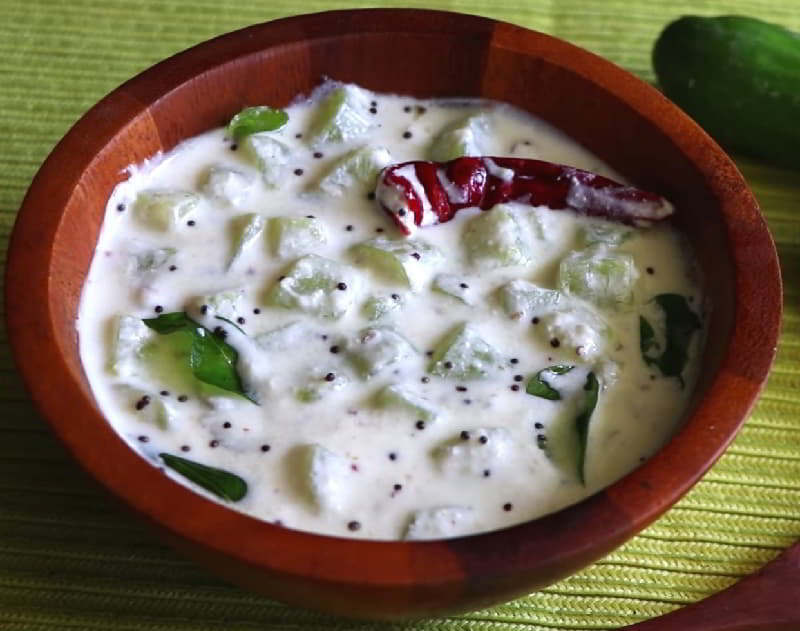
Pachadi, a delightful traditional South Indian accompaniment, is more than just a side dish—it is a burst of flavors that elevates any meal. The term "Pachadi" finds its roots in the idea of pounding or crushing, reflecting the method of preparation involving fresh vegetables. This exquisite dish is a blend of vibrant ingredients, ranging from crisp cucumbers to tangy tomatoes, creating a symphony of textures and tastes.
Typically served alongside popular South Indian staples like idli, dosa, and Pesarattu, Pachadi adds a refreshing and zesty note to the palate. The versatility of Pachadi extends to the creative inclusion of various vegetables, showcasing the rich diversity of regional cuisines. For a unique twist, some versions incorporate vegetable peels, such as the ridged gourd's peel, known as beerapottu pachadi in Telugu. Whether it's the crunch of vegetables or the subtle tanginess, Pachadi is a testament to South India's culinary artistry, offering a delightful journey through flavors with every spoonful.
Green Mango Chutney
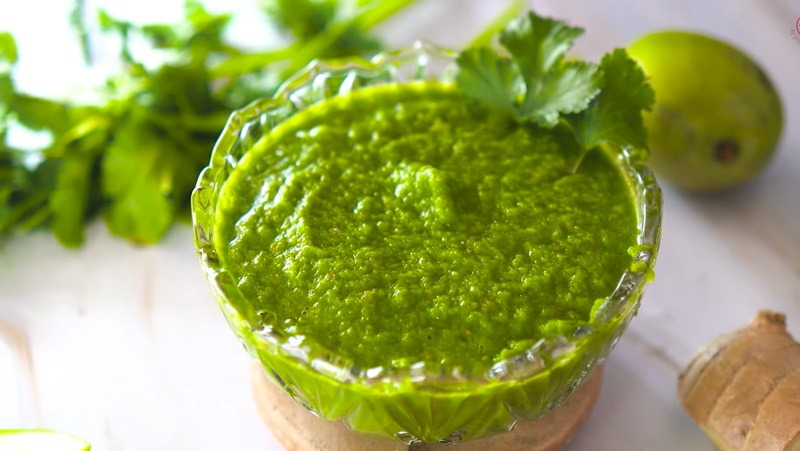
Green mango chutney, a delightful and zesty condiment widely embraced in Indian culinary traditions, is a harmonious fusion of raw green mangoes and a medley of aromatic spices. Renowned for its explosive flavors, this chutney stands as a perfect accompaniment to a diverse array of dishes. Crafting green mango chutney involves the meticulous peeling and grating of raw green mangoes, which are then combined with a symphony of spices like cumin seeds, mustard seeds, fennel seeds, and red chili powder. A gentle sauté in oil allows the mangoes to soften, unlocking their rich flavors.
To balance the tanginess, a touch of sugar or jaggery is introduced, contributing a subtle sweetness to the vibrant green concoction. The resulting chutney boasts a tantalizing blend of tangy, spicy, and slightly sweet notes, with a chunky texture enriched by small, grated mango pieces for a delightful crunch. Versatile and widely enjoyed, green mango chutney serves as a side dish complementing various meals or as a dipping sauce enhancing snacks like samosas or pakoras. Beyond its flavorful impact, this chutney offers a refreshing and cooling contrast, establishing itself as a cherished and adaptable condiment in the rich tapestry of Indian cuisine.
Ou Khatta
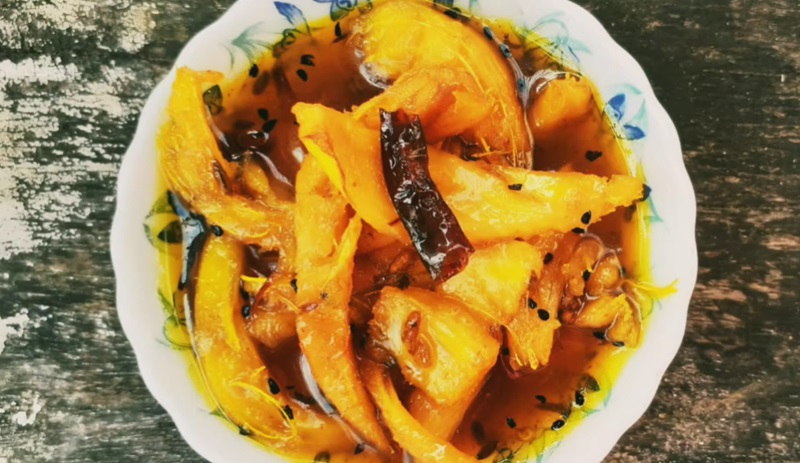
Ou Khatta, a delectable delicacy originating from the Indian state of Odisha, is a unique sweet and sour chutney or marmalade crafted from ou fruit and jaggery. Typically savored during the post-monsoon season, this culinary delight offers a tantalizing blend of flavors that tantalize the taste buds.
Rich in vitamin C, ou fruit lends its distinctive sourness to the chutney, which is balanced perfectly with the sweetness of jaggery or sugar. Beyond its standalone appeal, Ou Khatta finds its way into traditional dishes like dal or dalma, enhancing their flavor profiles with its tangy richness.
For those averse to sweetness, an alternative preparation method involves creating a savory gravy using tangy mustard and garlic paste, complemented by a dash of red chili powder. This variation adds a depth of flavor to the dish, catering to diverse palates. Ou Khatta stands as a testament to Odisha's culinary prowess, offering a delightful symphony of flavors that captures the essence of the region's culinary heritage.
Coconut Chutney
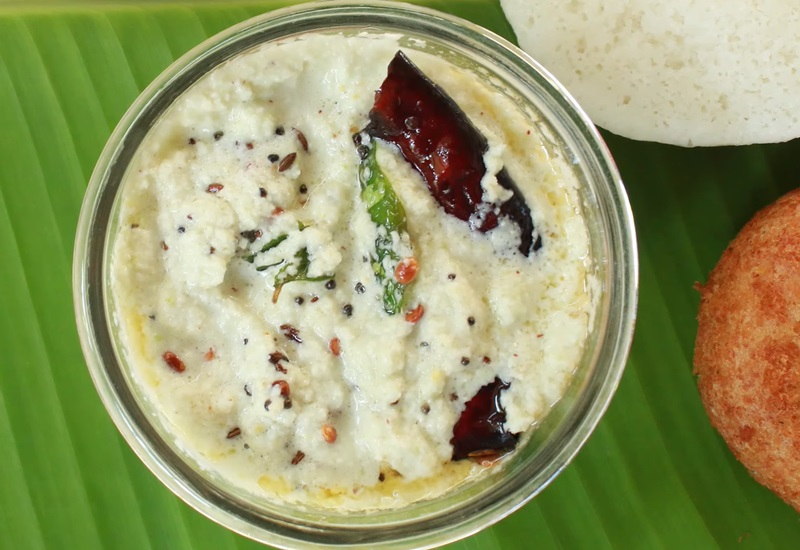
Coconut chutney, a beloved condiment in Indian cuisine, is renowned for its ability to elevate the flavors of various dishes. Crafted from fresh grated coconut, this versatile accompaniment enhances a plethora of culinary delights, from dosas and idlis to rice and curries.
To prepare coconut chutney, grated coconut is blended with an array of aromatic ingredients such as green chilies, ginger, garlic, and roasted lentils. The mixture is then seasoned with mustard seeds, curry leaves, and occasionally, a splash of tangy tamarind juice. This meticulous combination results in a creamy and fragrant chutney that harmonizes the richness of coconut with the spice of chilies and the tang of tamarind.
Coconut chutney serves as a refreshing side dish or dip, perfectly complementing the bold flavors of Indian cuisine. Its creamy texture and tropical taste offer a delightful contrast to spicy dishes, providing a cooling sensation to the palate.
Whether enjoyed with a South Indian breakfast or as part of a traditional thali, coconut chutney remains an indispensable condiment cherished by food enthusiasts for its versatility and distinct flavor profile. Its presence adds a touch of vibrancy to every meal, showcasing the diverse and vibrant essence of Indian culinary heritage.
Garlic Chutney
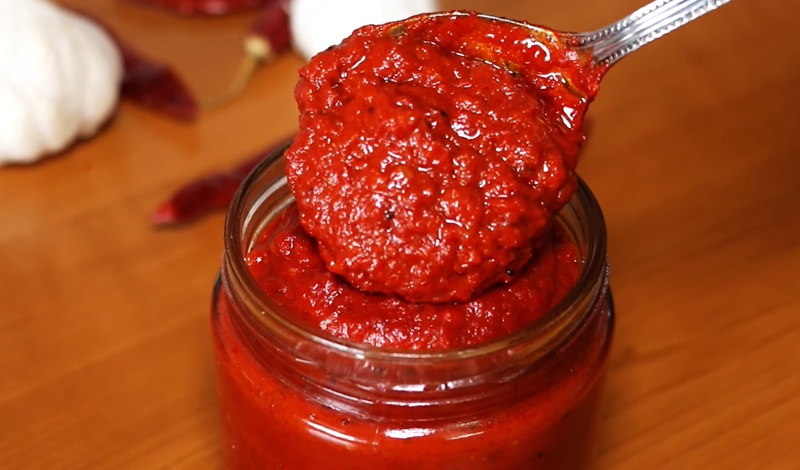
Garlic chutney, also known as lahsun chutney, lehsun chutney, lahsun ki chutney, or bellulli chutney, hails from the Indian subcontinent and boasts a robust flavor profile. Crafted from fresh garlic, groundnuts, fresh or dry coconut, and red or green chili peppers, this condiment showcases the rich tapestry of Indian culinary heritage. Cumin and tamarind are occasionally added to enhance its depth of flavor.
Available in both wet and dried forms, the wet variety features fresh grated coconut and is typically served immediately after preparation. On the other hand, the dry variant is commercially packaged or homemade, with homemade versions boasting a shelf life of up to four weeks when stored in bottles and up to six months when refrigerated.
Garlic chutney can be enjoyed in various ways – either consumed dry or mixed with yogurt, buttermilk, curd, or vegetable oil. Some prefer it in powdered form, adding a punch of flavor to dishes. With its versatile nature and intense garlic kick, this chutney is a beloved staple in Indian cuisine, adding depth and spice to any meal.
Dahi Chutney
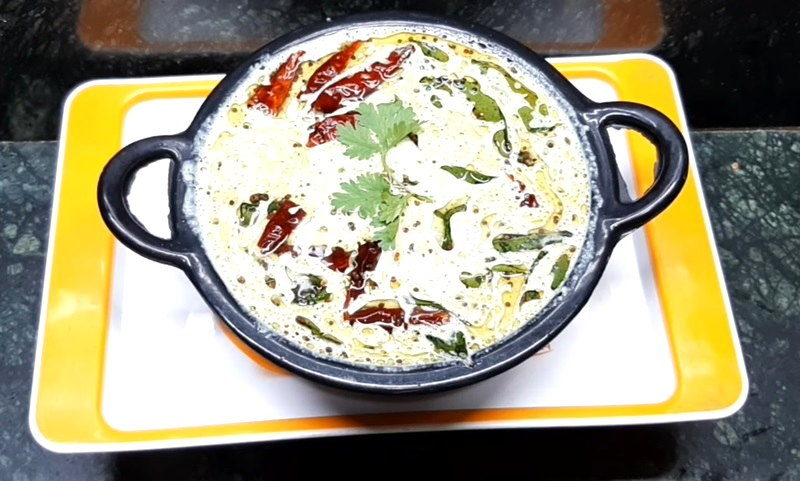
Dahi chutney, a cherished Indian condiment, is celebrated for its creamy texture and refreshing flavors. This versatile accompaniment, made with yogurt, herbs, and spices, enhances the taste of a variety of Indian dishes. To craft dahi chutney, fresh yogurt is whipped until smooth, then infused with a blend of aromatic herbs like mint and coriander, alongside spices such as green chilies and cumin. A touch of lime juice adds a tangy twist to the mixture, achieving a harmonious balance of flavors.
This delightful condiment offers a cooling contrast to spicy curries, biryanis, and kebabs, while also imparting a creamy texture. Furthermore, it pairs exquisitely with snacks like samosas, pakoras, and papadums, providing a zesty and creamy element. With its creamy consistency, tangy taste, and aromatic blend of flavors, dahi chutney stands as a must-try addition to any Indian meal, enriching the dining experience with a burst of freshness.
Peanut Chutney
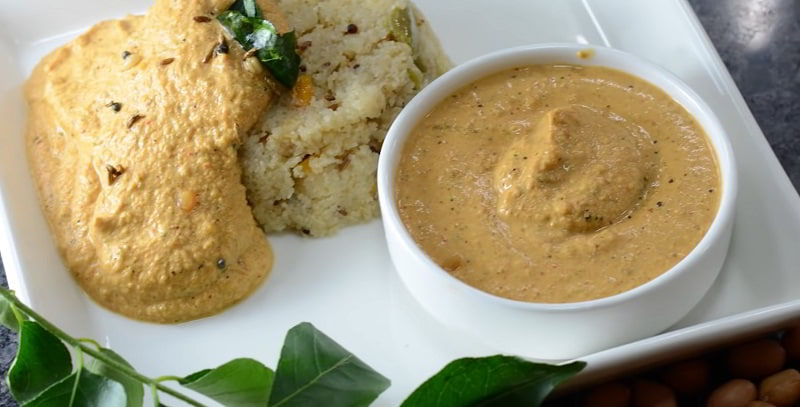
Peanut chutney, a mildly spicy side dish originating from the Indian subcontinent, is a versatile condiment that complements various snack and breakfast foods. This flavorful chutney is crafted by shallow frying peanuts in oil until golden brown, then grinding them with fried green chilies, dry chilies, or a combination of both, along with salt and tamarind. For an extra burst of flavor, fried garlic and a splash of lemon juice are sometimes added.
All these ingredients are then blended in a mixer with water to achieve the desired consistency. To finish, the chutney is tempered with fried mustard seeds, cumin seeds, and curry leaves, enhancing its aroma and taste.
Peanut chutney pairs excellently with a wide array of dishes, including idli, dosa, rotte, punugulu, pakoras, and many other snack and breakfast items. Its rich nuttiness, combined with the subtle heat from the chilies and tanginess from the tamarind, creates a harmonious balance of flavors that tantalize the taste buds. Whether served as a dip or a spread, peanut chutney adds a delightful dimension to any meal, making it a cherished favorite in Indian cuisine.
Saunth/Sooth
-1709173231.jpg)
Saunth, a staple in Indian chaats, is a sweet and tangy condiment renowned for its rich flavor profile. Derived from dried ginger (sooth) and tamarind (imli) paste, this chutney earns its name from its key ingredients. Its distinctive brownish-red hue adds an inviting touch to any dish it accompanies.
While modern variations may incorporate dates, traditional Saunth crafted with dried ginger offers a unique depth of flavor preferred in many regions of North India. The piquant essence of tamarind perfectly complements the warmth of dried ginger, resulting in a harmonious blend of sweetness and spice.
This delectable chutney serves as more than just a topping; it is an essential component in enhancing the flavor profile of Indian chaats. Whether drizzled over samosas, papdi chaat, or dahi puri, Saunth adds a burst of complexity, elevating the overall culinary experience. With its timeless appeal and versatility, Saunth remains a beloved favorite, cherished for its ability to transform ordinary dishes into extraordinary culinary delights.
Chhundo
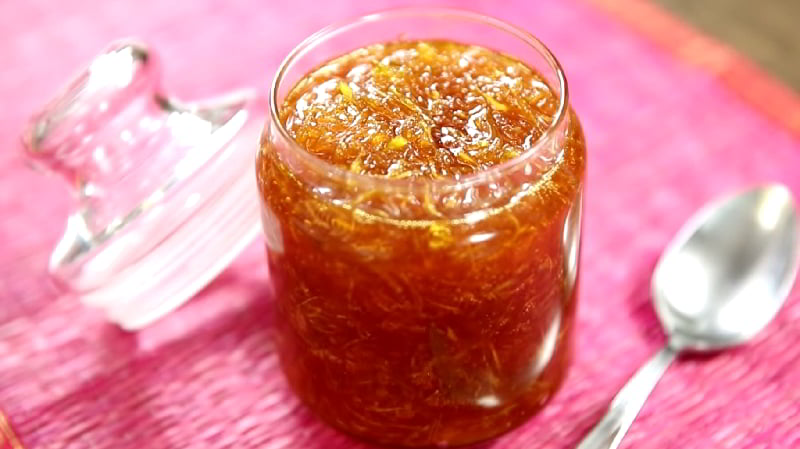
Chhundo, a quintessential Indian pickle and condiment, is predominantly crafted from grated green mangoes, serving as a delightful accompaniment to main meals in the cuisine of the Indian subcontinent. Typically enjoyed alongside dishes like roti and sabzi, Chhundo boasts a versatile nature, allowing for variations using different fruits and vegetables. Originating from Kathiawad in Gujarat, Chhundo has transcended regional boundaries and is relished across the state.
Due to the seasonal availability of mangoes, Chhundo and other mango-based pickles are primarily prepared during the summer months (April–July) when mangoes are plentiful. Prepared with either an oil or sugar base, these pickles are meticulously preserved in large glass containers, ensuring their availability throughout the year.
This preservation method not only extends the lifespan of Chhundo but also maintains its exquisite flavors, allowing enthusiasts to savor its tangy sweetness regardless of the season. With its cultural significance and culinary versatility, Chhundo remains a cherished component of Indian cuisine, adding a burst of flavor to every meal.
Chammanthi Podi
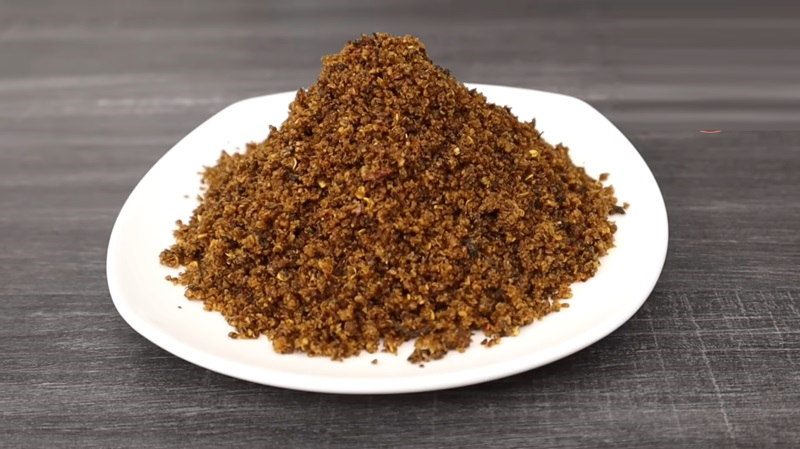
Chammanthi Podi, a traditional dry condiment and chutney originating from the South Indian state of Kerala, holds a special place in Kerala's culinary repertoire. Unlike regular coconut chutneys, which spoil quickly without refrigeration, Chammanthi Podi offers a solution for long-term preservation, allowing its flavors to be savored for months.
Chammanthi Podi is crafted by carefully dry-roasting shredded coconut and spices in a pan until the moisture evaporates from the mixture. Once roasted to perfection, the ingredients are ground into a fine powder and stored for later use. The term "chammanthi" translates to chutney or sauce, while "podi" refers to powder in Malayalam, encapsulating the essence of this flavorful condiment.
Chammanthi Podi's versatility extends beyond preservation; its aromatic blend of spices adds depth and complexity to various dishes. Whether sprinkled over steamed rice or used as a dip for snacks, Chammanthi Podi delights the palate with its rich flavors, embodying the culinary heritage of Kerala.
Hyderabadi Pickle
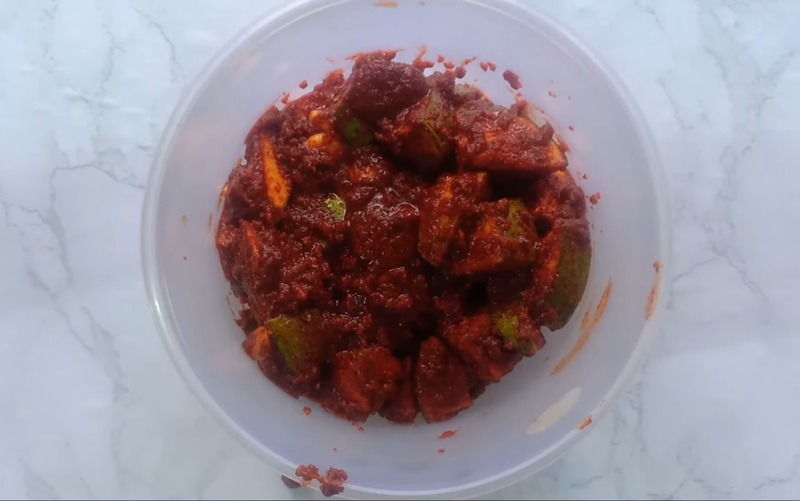
The Hyderabadi pickle, a distinguished variety of Indian pickle, originates from the vibrant city of Hyderabad in Telangana, India. Renowned for its diverse flavors and meticulous preparation, this pickle offers a tantalizing array of tastes that reflect the rich culinary heritage of the region. Crafted with precision and care, the Hyderabadi pickle encompasses a wide range of flavors, with mango being a prominent choice among fruits, complemented by an assortment of vegetables.
Using traditional methods, the fruits and vegetables are matured through natural processes, allowing them to develop complex flavors over time. Carefully selected spices are then added to enhance the taste profile, resulting in a pickle that is both flavorful and aromatic.
The Hyderabadi pickle stands as a testament to the artistry and craftsmanship of pickling in Indian cuisine. With its delightful blend of flavors and time-honored techniques, it continues to captivate taste buds and evoke the essence of Hyderabad's culinary traditions.
Hibiscus Leaves Pickle
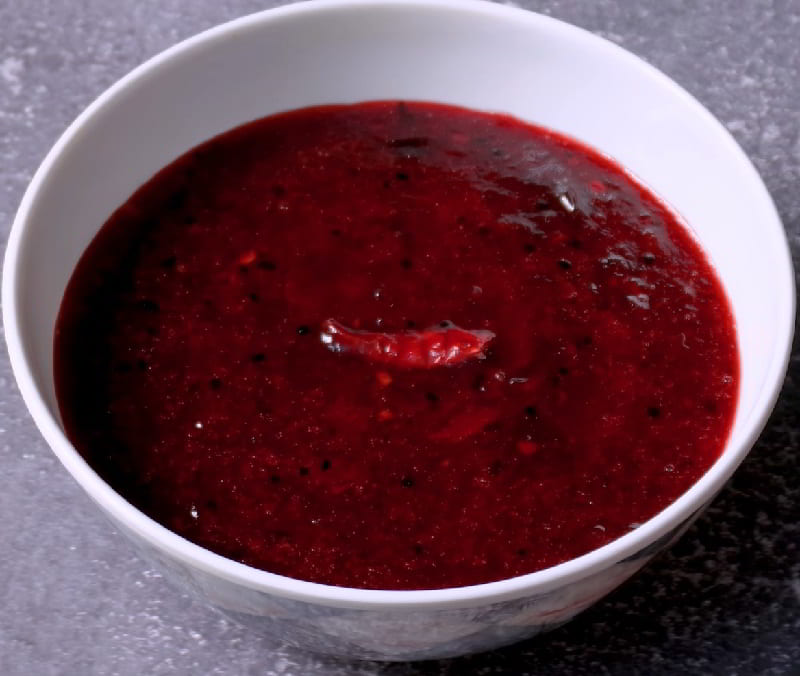
Hibiscus leaves pickle, also known as Gongura pacchadi or Gongura Pickle, is a cherished delicacy in Andhra Pradesh, particularly popular for its tangy and spicy flavors. Made from fresh Roselle (Hibiscus sabdariffa) leaves, this pickle boasts a unique taste that captivates the palate. It's not limited to Andhra Pradesh, as it is also relished in Tamil Nadu, Maharashtra, Telangana, and Karnataka, showcasing its widespread popularity across Southern India.
In some North-Eastern states of India, the plant is referred to as aamelli or mwitha, highlighting its versatility and presence in diverse culinary traditions. These sour and spicy pickles are not only enjoyed homemade but are also readily available commercially, reflecting their enduring appeal and demand.
With its bold flavors and cultural significance, hibiscus leaves pickle holds a special place in Indian cuisine, offering a delightful burst of taste to every meal. Whether enjoyed with rice, roti, or as a side dish, this pickle adds a tangy and spicy kick that elevates the dining experience.
Ginger Pickle
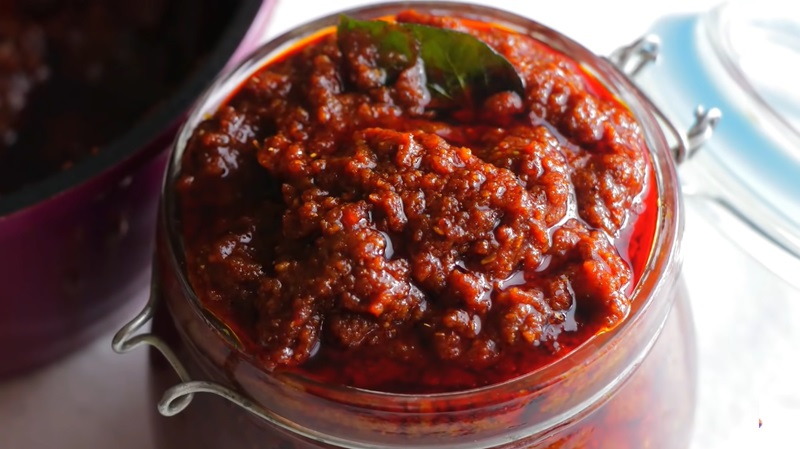
Ginger pickle, a beloved condiment in Andhra Pradesh, India, is renowned for its fiery flavor and aromatic spices. This zesty pickle, also readily available commercially, showcases the versatility of ginger, a staple ingredient in Asian and Indian cuisine. Prepared by peeling and crushing fresh ginger, it's then combined with tangy tamarind pulp and seasoned with piquant mustard seeds.
The robust flavors of ginger, coupled with the tanginess of tamarind and the earthy notes of mustard seeds, create a harmonious balance that tantalizes the taste buds. This spicy delicacy serves as a versatile accompaniment, elevating the flavors of rice, roti, and various Indian dishes.
In Andhra Pradesh, where it enjoys immense popularity, ginger pickle is relished with fervor, adding a punch of flavor to every meal. Its availability commercially ensures its widespread accessibility, allowing enthusiasts to savor its distinct taste effortlessly. Ginger pickle stands as a testament to the culinary ingenuity of Indian cuisine, offering a delightful burst of spice and flavor to discerning palates.
Lime Pickle
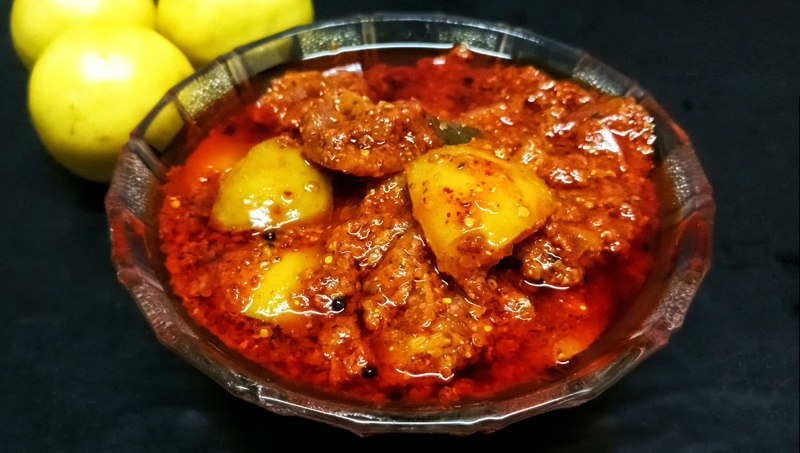
Lime pickle, a beloved condiment in Indian cuisine, is celebrated for its tangy and spicy flavor profile. Crafted from fresh green limes, this pickle undergoes a meticulous preparation process, starting with marinating the limes in a blend of spices and oil. Sliced or quartered limes are combined with chili powder, turmeric, fenugreek, mustard seeds, asafoetida, and salt, infusing them with a rich and robust taste.
Following marination, the limes are left to ferment for days or weeks, allowing the flavors to mature and intensify. This fermentation process imparts a unique depth to the pickle, making it a versatile accompaniment to various Indian dishes. Lime pickle adds a zesty and piquant element to meals, serving as a relish alongside curries, rice dishes, and bread.
Beyond its culinary uses, lime pickle is valued for its digestive properties, believed to aid digestion when consumed in moderation after meals. A staple in Indian households, lime pickle elevates the flavor of dishes and enhances the overall dining experience with its vibrant taste and digestive benefits.





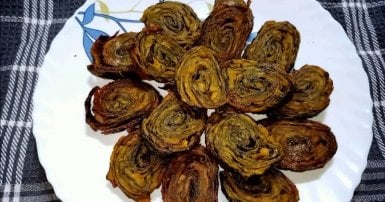
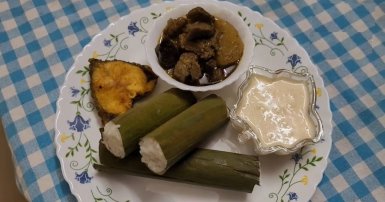

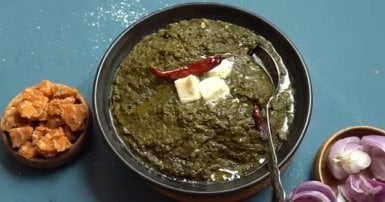


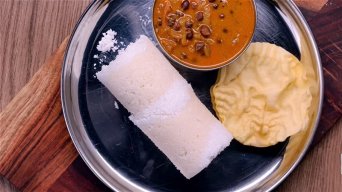

-1709813013.jpg)


